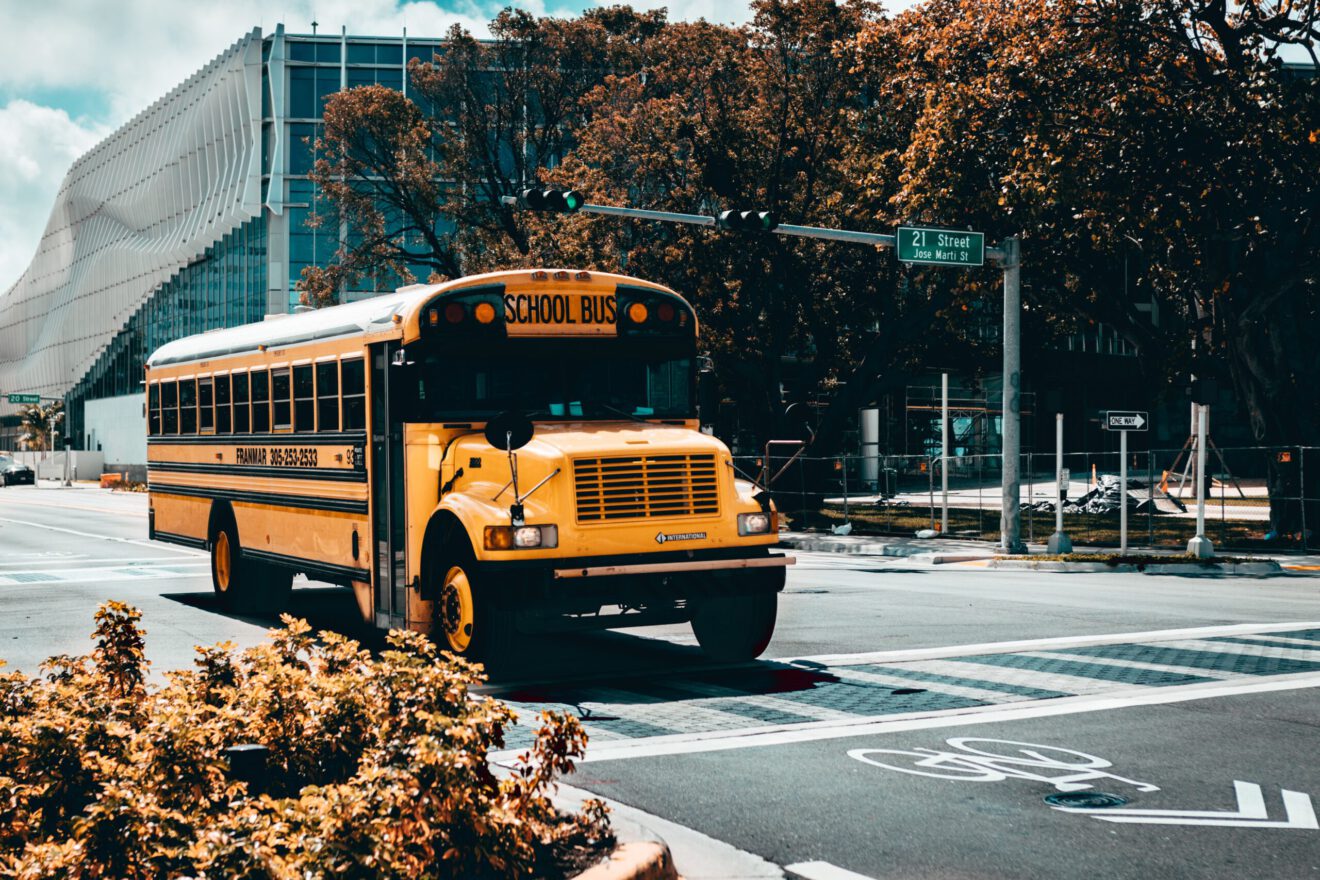Educators have faced challenges in the past — the 2008 economic recession, the tragedy of September 11 and the H1N1 pandemic — but nothing like the coronavirus outbreak that shuttered schools this spring. The swift transition threw them into a tailspin.
“Nothing has prepared us for this,” said Valerie Truesdale, assistant executive director of AASA, the School Superintendents Association, during SmartBrief Education’s webinar Getting to September: What it Will Take to Reopen Schools. Truesdale joined Ronn Nozoe, associate executive director of ASCD, for a discussion, moderated by SmartBrief Editor Kanoe Namahoe, about the challenges schools face as they prepare to welcome students back to their campuses this fall.
“We have to understand that loss is real,” Truesdale said, “that grief abounds and that educators must validate and embrace and lead through the grief and trauma so we as a nation come out of this time with a new way of approaching education that really focuses on the whole child at a very deep level like we’ve never done before.”
Nozoe agreed, stating that students’ fundamental needs should drive strategy.
“Armchair quarterbacking will always take place, but the best you can do is the best you can do for kids at that given time given the information you have,” he said. “Learning is difficult if not impossible if the basic needs of children and staff are not met.”
Both teachers and the community should be included in contingency plans, they said, and all parties need time to collaborate on how best to respond in a cohesive manner, not just in matters of community safety, but also in how educators approach their curriculum in the new school year. Both Truesdale and Nozoe acknowledged that the learning loss suffered, from the quick move to distance learning, will need to be addressed.
Truesdale says instruction must be “nimble” as schools face the prospect of implementing a hybrid learning system, or if a spike in COVID-19 cases force schools to return to remote learning.
“We’re asking our teachers to do the Herculean task of worrying about their parents, their students, their children in their own home, while they’re also trying to stay safe and keep all the other children safe and while we’re having learning going on in the classroom,” she said.
To maintain flexibility, Nozoe said teachers will have to go back through their curricula and standards and focus on teaching “the essential knowledge, skills and dispositions that kids need, and then modifying their learning opportunities to focus in on those because you can’t cover everything that was covered before because you don’t have the same dynamic anymore.”
One of the dynamics that has changed the most drastically is the learning loss that has happened in student populations with special needs, those for whom English is a second language and those who are low-income, they noted.
“We have an opportunity to really move to personalization and individualization like we’ve never had before,” said Truesdale. “I think it’s going to be a student-by-student decision of where were you were and where do you need to go. We’re going to have to take every student as an individual.”
To do all of that, both Truesdale and Nozoe agree that a renewed emphasis on effective professional development for teachers will be key to helping students make up for lost instructional time.
“We really need to significantly invest in supporting our workforce,” Nozoe said. “If we were any other industry, let’s say we were airplane manufacturers and our board of directors decided we were now going to build cars, in what universe would we not have to retrain or upskill or do massive professional development for our workforce to make the shift?”
Teachers, Truesdale said, already know the content they’re teaching, but the professional development they need now should focus on building a growth mindset of resiliency, comfort with ambiguity and the flexibility they’ll need as things change rapidly.
“Educators are great,” she said. “If you give us the parameters, we can go teach about it very fast after we learn it.” The best professional development, she noted, provides teachers a chance to learn “from each other, and with each other and everybody saying ‘I don’t know how to do that, yet,’ and adopting a growth mindset and saying, ‘we can all get better.'”
Professional development, Nozoe said must also involve the kind of engagement that teachers are expected to create in their classrooms. It should also give them time to reflect on their own personal biases as they seek to provide culturally aware teaching practices that are inclusive for all students.
The current crisis, Truesdale said, has revealed the inequities within education, but it has also provided school leaders with a unique opportunity, “to say, ‘We can throw it all out and do it differently,’ and we have. If we will listen to the voices of our teachers and what they know and see from our kids I believe we can design a system that is much better post-Covid than it was B.C., before Covid.”
____________________________________________________________________________
Resources
A few resources, from AASA and ASCD, to help guide your reopening plans.
AASA Guidelines for reopening schools
When school is back in session, where will we begin?
Preparing our school districts for Fall 2020
How Covid-19 will force education into the future
ASCD Virtual Conferences: Respond. Reimagine. Restart
Candace Chellew is an editor with SmartBrief Education and Leadership.
____________________________________________________________________________
Like this article? Sign up for ASCD SmartBrief to get news like this in your inbox, or check out all of SmartBrief’s education newsletters, covering career and technical education, educational leadership, math education and more.
